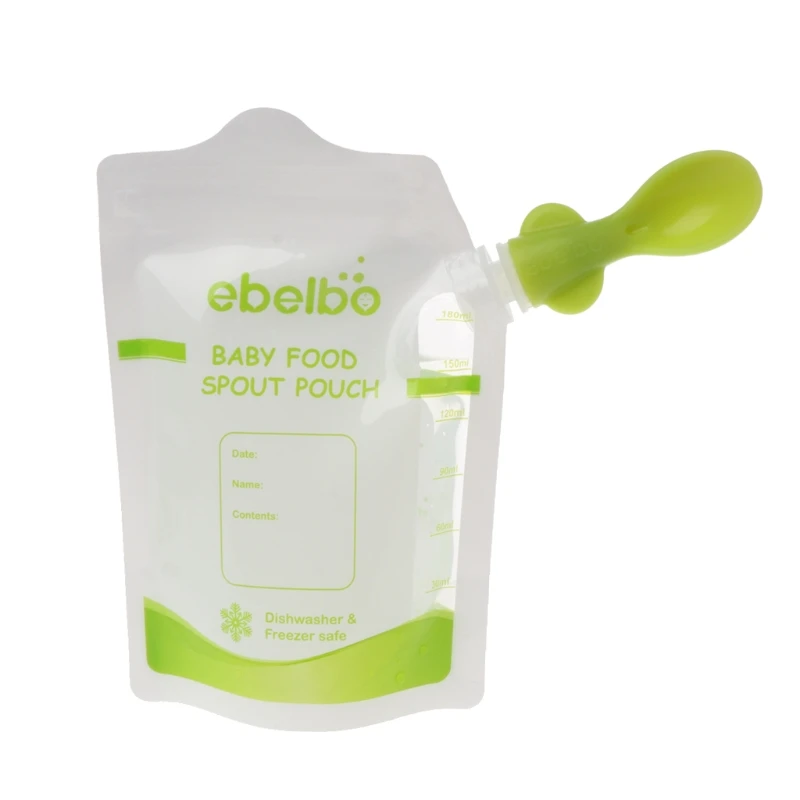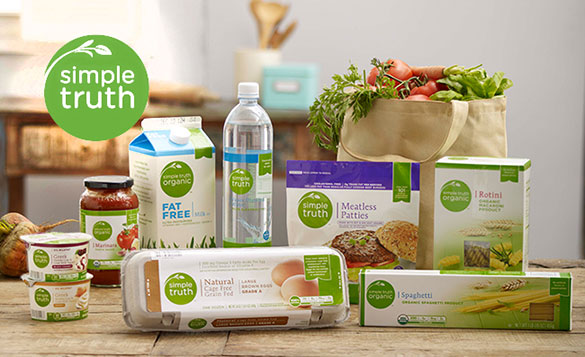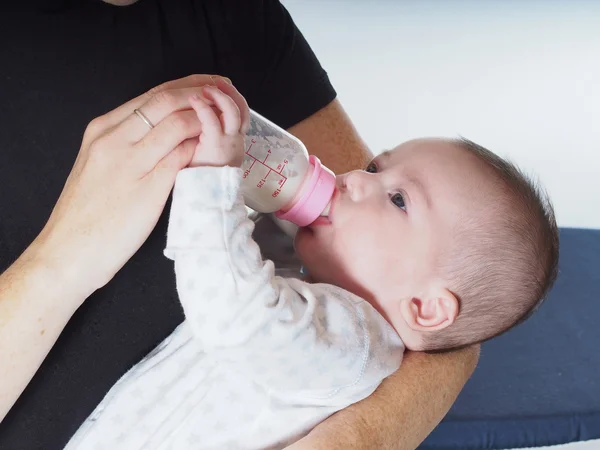Can you freeze baby food pouches
Baby Food Pouches and Other Practical Ways to Store Baby Food
So you got a bit carried away and made a whole big batch of homemade baby food. Too much to use in a couple of days. Can you store the extra baby food and for how long? Reusable baby food pouches are just one easy way to store your homemade baby food, but there are other options too.
The various different containers that are available to use don’t have to take up a huge amount of space or break your bank balance. You don’t need a whole new freezer dedicated solely to storing your baby food. Use the right containers and keep portions small and manageable.
Most importantly, experiment, have fun and find out what works for you.
1. Reusable BPA & BPS Free Food Pouches
These are extremely easy to use and store baby food. You can use baby food pouches in the fridge or freezer, plus you can warm and serve homemade baby food straight from the pouch. Simply prepare your homemade baby food, fill up the baby food pouches and store in the fridge or freezer. Best of all, your baby food pouches can be reused time and time again.
2. Silicone Muffin Cups
Muffin Cups are strong and flexible and just the perfect size to store a single serving of baby food. Make your baby’s puree and pour it into these individual cups to freeze. For longer storage times pop the portions out and store them in the freezer in a tupperware container.
3. Freezer-Safe Jars
Can be used to store baby food. Not all glass jars are freezer safe as they can shatter or chip in extremely low temperatures. Make sure the glass jars you use are marked freezer safe. Plus leave a space between the top of the food and the rim of the jar to allow for your baby food to expand when it freezes.
4. Reusable Ice-Pop Pouches
This pouches are quick and easy to use. They are a great way to make healthy ice pop treats using fresh fruit purees. The Cherub Baby starter pack comes with a handy collapsible funnel to make pouring and filling your pouches easy!
Cookie Sheet Splats are a fun, fast and cost-effective way to store baby food. Cover a baking tray with baking or wax paper, drop individual spoonfuls of your homemade baby food onto the paper and then freeze. When the splats are frozen you can store them in freezer bags or a tupperware container to use at a later date.
Cover a baking tray with baking or wax paper, drop individual spoonfuls of your homemade baby food onto the paper and then freeze. When the splats are frozen you can store them in freezer bags or a tupperware container to use at a later date.
IMPORTANT TIPS TO REMEMBER
Whatever method you choose to store your baby food, remember it is essential to do it correctly and for the correct amount of time. Storing baby food at the wrong temperature or for too long can cause bacteria to grow which is harmful to your baby. Homemade baby food can be kept in sealed containers in a refrigerator for up to 2 days. If you freeze your homemade baby food it can last for 3 months. Never leave baby food at room temperature for longer than 2 hours.
Plus don’t forget to label and date the containers. There’s nothing more frustrating than trying to figure out what that baby puree is, or when you made and stored it. Labelling and dating your baby food will also help with food rotation.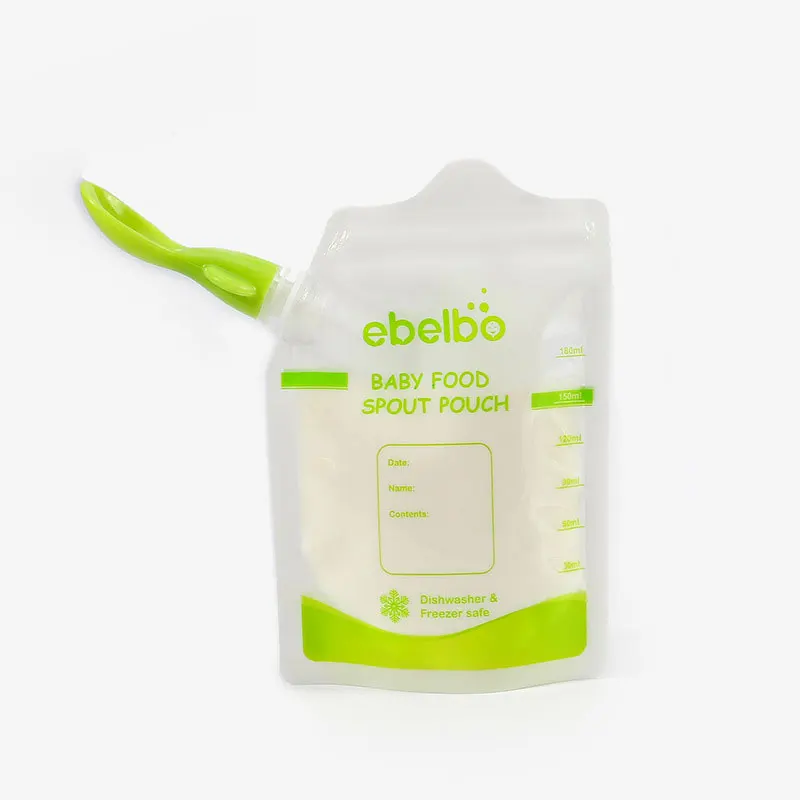 Always use the older food first, but again remember if it’s frozen, use it before it is three months old.
Always use the older food first, but again remember if it’s frozen, use it before it is three months old.
Find out more about Cherub Baby Australia here
Baby Food Pouches and Other Practical Ways to Store Baby Food
·
Written by Jo Charnock
·
Written by Jo Charnock
On this Page:
- Reusable BPA & BPS Free Baby Food Pouches
- Silicone Muffin Cups
- Freezer-Safe Jars
- Reusable Ice-Pop Pouches
So you got a bit carried away and made a whole big batch of homemade baby food. Too much to use in a couple of days. Can you store the extra baby food and for how long? Reusable baby food pouches are just one easy way to store your homemade baby food, but there are other practical ways to store baby food too.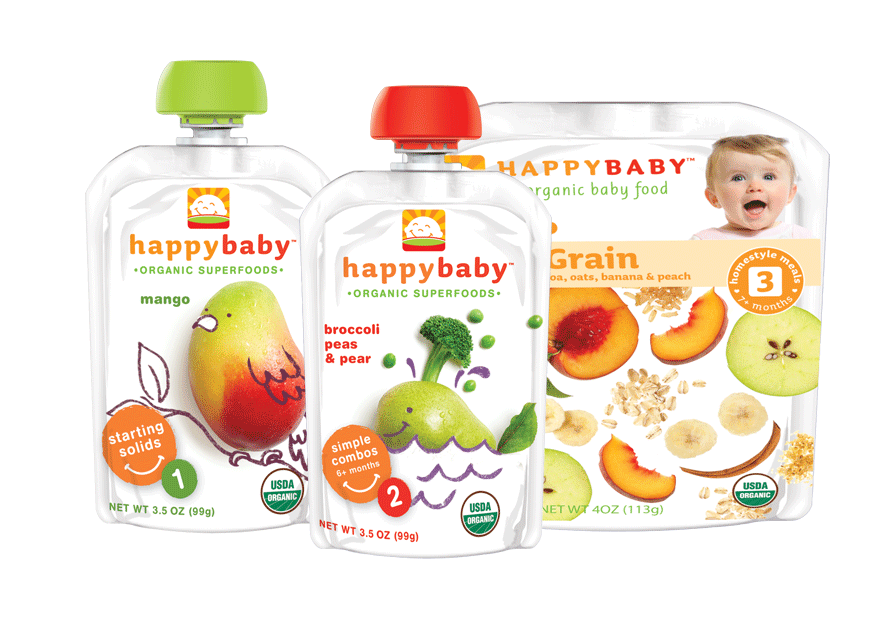
The various different containers that are available to use don’t have to take up a huge amount of space or break your bank balance. In addition, you don’t need a whole new freezer dedicated solely to storing your baby food. Use the right containers and keep portions small and manageable.
Most importantly, experiment, have fun and find out what works for you.
Reusable BPA & BPS Free Baby Food Pouches
These are extremely easy to use and store baby food. You can use baby food pouches in the fridge or freezer, plus you can warm and serve homemade baby food straight from the pouch. Simply prepare your homemade baby food, fill up the baby food pouches and store in the fridge or freezer. Best of all, you can reuse your reusable baby food pouches time and time again!
Silicone Muffin Cups
Muffin Cups are strong and flexible and just the perfect size to store a single serving of baby food. Make your baby’s puree and pour it into these individual cups to freeze.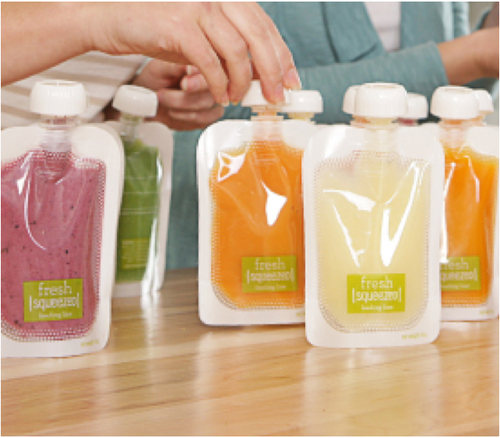 For longer storage times pop the portions out and store them in the freezer in a tupperware container.
For longer storage times pop the portions out and store them in the freezer in a tupperware container.
Freezer-Safe Jars
You can use glass freezer safe jars to store baby food. However, not all glass jars are freezer safe as they can shatter or chip in extremely low temperatures. So make sure the glass jars you use are marked as freezer safe. Plus leave a space between the top of the food and the rim of the jar to allow for your baby food to expand when it freezes.
Cherub Baby has introduced a new range of gass and silicone baby food jars especially designed for freezing and storing your homemade baby food.
Reusable Ice-Pop Pouches
These reusable ice-pop pouches are quick and easy to use, just like baby food pouches. However, they are a great way to make healthy ice pop treats using fresh fruit purees. The Cherub Baby starter pack comes with a handy collapsible funnel to make pouring and filling your pouches easy!
Cookie
Sheet SplatsCookie sheet splats are a fun, fast and cost-effective way to store baby food. Simply cover a baking tray with baking or wax paper, drop individual spoonfuls of your homemade baby food onto the paper and then freeze. When the splats are frozen you can store them in freezer bags or a tupperware container to use at a later date.
Simply cover a baking tray with baking or wax paper, drop individual spoonfuls of your homemade baby food onto the paper and then freeze. When the splats are frozen you can store them in freezer bags or a tupperware container to use at a later date.
IMPORTANT TIPS TO REMEMBER
Whichever method you choose to store your baby food, remember it is essential to do it correctly and for the correct amount of time. Storing baby food at the wrong temperature or for too long can cause bacteria to grow which is harmful to your baby. Homemade baby food can be kept in sealed containers in a refrigerator for up to 2 days. If you freeze your homemade baby food it can last for 3 months. Never leave baby food at room temperature for longer than 2 hours.
Plus don’t forget to label and date the containers. There’s nothing more frustrating than trying to figure out what that baby puree is, or when you made and stored it. Labelling and dating your baby food will also help with food rotation. Always use the older food first, but again remember if it’s frozen, use it before it is three months old.
Labelling and dating your baby food will also help with food rotation. Always use the older food first, but again remember if it’s frozen, use it before it is three months old.
For further information please read the guide ‘How to Store Baby Food‘ from Wikihow.
Hopefully, this has helped to shed some light on how to store your baby food in a easy and safe way.
Read more about our Reusable BPA and BPS Free Baby Food Pouches and find out how easy it is to store and feed your little one. You can also find out more about our Freeze n’ Squeeze Pouches here. 🙂
Need some more info about introducing solids to bub? Check out our guide here!
Any questions or comments? sound off below 🙂
Find out more about all the features of our Reusable Baby Food Pouches!
Tagged in
- Using baby food pouches
Continue reading
Newborn Baby Essentials For Feeding
How To Warm A Baby Bottle Safely
The Baby Thermometer, A Basic Tool In Your Baby 1st Aid Kit
Freezing Homemade Baby Food - Encyclopedia Baby Food
Levchuk Viktoria©
There are some important guidelines for freezing baby food to follow, they are outlined on this page, and there is even a diagram of the foods that can be frozen. We will show you how to freeze freshly made puree and store it. It will be interesting to read.
We will show you how to freeze freshly made puree and store it. It will be interesting to read.
Good to know!
- The remains of frozen baby food - what to do with them, we will find out in the article. nine0016
- Heading Frozen food - all about baby food cubes.
- New thinking on allergens
Easy to use site map Baby Food Encyclopedia with a list of all articles and recipes.
How long do you keep baby food in the refrigerator or freezer?
Contents:
- Freezer: 4-6 months (ideally used within 1 month or 3 months)
- Refrigerator (fruits/vegetables): 24 hours
- Refrigerator (meat, poultry, fish eggs): 24 hours
For optimal quality and nutrient retention, store frozen baby food cubes in the freezer for no more than 1-3 months .
Frozen baby food is safe to use if kept in the freezer for about 3-6 months without thawing again. However, it is more reasonable to use them in the region of 1 month to 3 months inclusive. Due to the amount of water crystals that accumulate in baby puree, and the fact that nutrients and important substances can be leached/evaporated when thawed due to these same water crystals, it is wiser to use your frozen baby food whenever possible. - no more than 3 months of storage. However, it is best to use within the first month after freezing, we advise. nine0005
However, it is more reasonable to use them in the region of 1 month to 3 months inclusive. Due to the amount of water crystals that accumulate in baby puree, and the fact that nutrients and important substances can be leached/evaporated when thawed due to these same water crystals, it is wiser to use your frozen baby food whenever possible. - no more than 3 months of storage. However, it is best to use within the first month after freezing, we advise. nine0005
Most sources advise storing fruit and vegetables for 8 to 12 months in the freezer. This is mostly true of whole foods that are congealed in their natural state. This is also provided that the refrigerator compartment remains at a constant temperature below zero. Deep-freezing is best if you want to keep frozen food for a long time. However, it should be remembered that the instructions and recommendations for freezing food for long-term storage do not imply that the fruit or vegetable has been boiled and mashed. nine0005
How long can baby puree be kept in the refrigerator?
In the refrigerator, it is not recommended to store fresh pureed homemade baby food for more than 24 hours.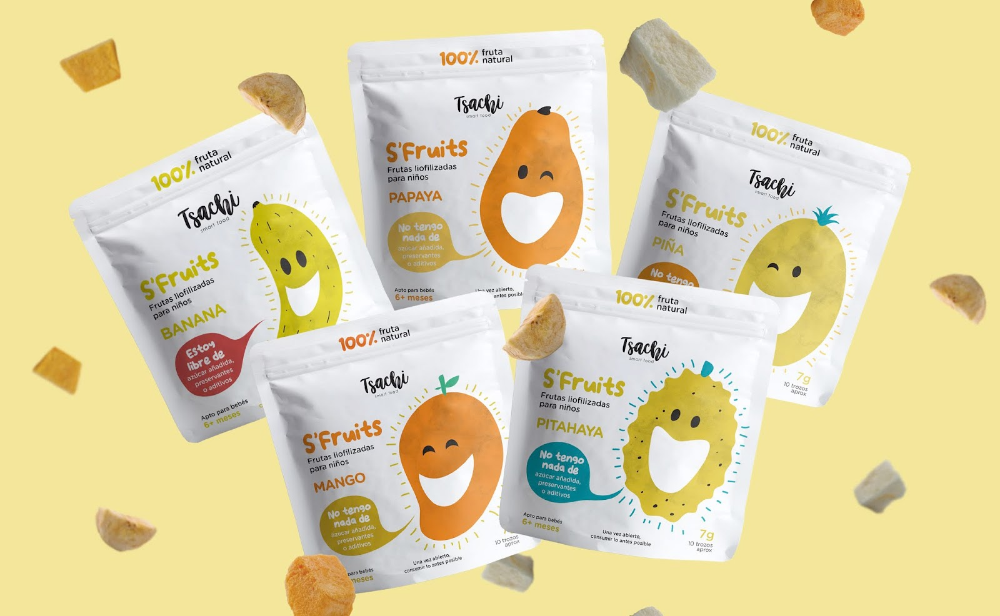 This limitation ensures that the growth of pathogens in the puree is kept to a minimum and that the food does not take on the “refrigerator flavor”. This "rule" applies to vegetables, fruits, meats, etc.
This limitation ensures that the growth of pathogens in the puree is kept to a minimum and that the food does not take on the “refrigerator flavor”. This "rule" applies to vegetables, fruits, meats, etc.
If you do not plan to freeze homemade baby food, then baby food for the baby is prepared every day if he is too small until 8-9months, or every other day, older than the specified age.
Why freeze baby food?
Save parent time, reduce food waste and ensure food safety.
For example, one potato was baked in the oven, and then half was mashed and the other half was frozen.
Frozen vegetables or fruits are safe in baby food
Fruits and vegetables can be frozen. Using frozen fruits and vegetables is the second best option after eating fresh. The quick freezing process (food is frozen at a very low temperature and very quickly) actually preserves the nutrients optimally. Cooking destroys more important nutrients than freezing food. Contrary to myth, freezing food (particularly fruits and vegetables) does not destroy 100% of minerals and vitamins. The freezing process, subject to storage conditions at a constant temperature of zero degrees, does not contribute to the complete loss of nutrients and important substances - if this is the case, then most of the population is malnourished, since in winter we eat a huge amount of frozen foods. nine0005
Contrary to myth, freezing food (particularly fruits and vegetables) does not destroy 100% of minerals and vitamins. The freezing process, subject to storage conditions at a constant temperature of zero degrees, does not contribute to the complete loss of nutrients and important substances - if this is the case, then most of the population is malnourished, since in winter we eat a huge amount of frozen foods. nine0005
Frozen vegetables not cooked at the time of packaging must be cooked before eating. Please remember to read the labels of frozen bags, as some brands of frozen vegetables may be pre-cooked.
One of the most frequently asked questions is "Can I use frozen fruits or vegetables for baby food and then freeze the puree?". Since there are no studies that show that repeated freezing is negative and / or can negatively affect health. The problem is that it is necessary to cook food from products that have been frozen once. But the reality is that a frozen product, going through all the stages from a fresh look to a frozen product in a refrigerator in a store, can survive several defrosting and freezing, as it was written earlier, it is through water crystals that nutrients leave. Therefore, purchased frozen vegetables and fruits must be carefully selected, and we would not recommend preparing baby food from them for subsequent freezing of baby puree. It is clear that sometimes parents have no choice and have to start complementary foods with purchased frozen food, so we carefully choose the packaging and the manufacturer, without holes, without pieces of ice. nine0005
Therefore, purchased frozen vegetables and fruits must be carefully selected, and we would not recommend preparing baby food from them for subsequent freezing of baby puree. It is clear that sometimes parents have no choice and have to start complementary foods with purchased frozen food, so we carefully choose the packaging and the manufacturer, without holes, without pieces of ice. nine0005
For example, from frozen vegetables (home-made or a good quality store-bought bag) that were raw when frozen, we cook a roast, we freeze the leftovers of the roast and use it for its intended purpose next time, but it is not worth freezing the roast after the last defrosting.
Why not refreeze
Do not refreeze thawed food, this is a correct statement. Re-freezing a defrosted product can affect the quality and taste (and possibly nutritional value) of the product, and when it is thawed, pathogenic bacteria may begin to multiply. It is always necessary to prepare defrosted food before re-freezing. The preparation of a thawed product then allows it to be re-frozen in a single cycle. Storing a bag of frozen fruits or vegetables makes food preparation a quick and easy solution. You do not need to defrost the whole package, just get the required amount of the product, and leave the rest in the freezer. nine0005
The preparation of a thawed product then allows it to be re-frozen in a single cycle. Storing a bag of frozen fruits or vegetables makes food preparation a quick and easy solution. You do not need to defrost the whole package, just get the required amount of the product, and leave the rest in the freezer. nine0005
The easiest way to freeze baby puree is to spoon it into an ice mold, cover with plastic wrap so that there is no air access.
Before using the ice molds, they must be thoroughly cleaned with soap and boiled water. Some parents even immerse their ice molds in boiling water for sanitization (Note: Make sure the sanitization is suitable for the molds before use.)
There are many benefits to storing your child's homemade food in an ice mold:
- Each cube is approximately the same size, which allows parents to determine the amount of food the child consumes.
- Minimal waste by using only 1 cube at a time and not having to waste a lot of food.
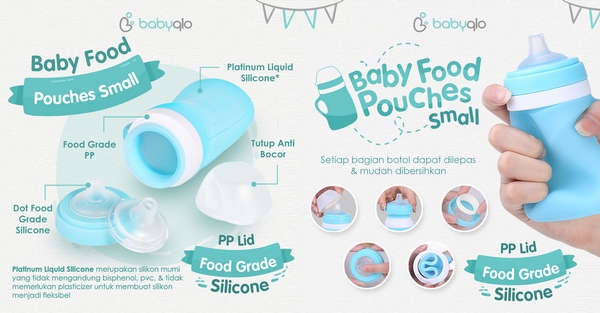
- Another advantage is that the ice molds are close at hand and you don't have to go out and buy them.
- The time spent in the kitchen is significantly reduced.
You can transfer baby puree cubes to freezer bags, freeing up molds for the next batch of food and also freeing up some freezer space. nine0005
Do not forget about the labeling of packages with cubes of baby puree, write the date of freezing and the type of puree. This will help you quickly remove the cube from the package, as well as monitor their expiration date.
Ice crystals on baby food cubes
Don't worry if ice crystals are visible on baby food cubes. It's not frostbite, but excess liquid used in mashing that rises and solidifies at the top of the cubes. These crystals or frost are not dangerous and will not make baby puree cubes inedible or harmful. nine0005
Frostbite - what is it and how to determine it?
Frostbite looks like greyish brown spots on frozen food. It looks like a leathery type of texture and is easily noticeable. Crystals on frozen foods are not frostbite, but are the result of excess liquid during the freezing process and the formation of ice crystals.
It looks like a leathery type of texture and is easily noticeable. Crystals on frozen foods are not frostbite, but are the result of excess liquid during the freezing process and the formation of ice crystals.
Frostbite does not make frozen foods bad or harmful; it just makes the affected areas very dry. The only thing that can suffer in food that is frostbitten is the quality. You can cut off frostbitten areas and use the undamaged area of food. Frostbite is the result of excess air in a frozen bag that sinks onto food. Eliminate air pockets in bags to help stop frostbite. nine0005
Can glass baby food freezer jars or baby food jars like Frutonyanya or Gerber be used? and also such banks are prone to rupture. Baby food jars are not manufactured for freezing or extreme heating. There are glass jars for freezing food in them, but they can be hard to find. Many people freeze in baby food jars, but I'm not a fan of this at all. After all, food is made for the baby because we want to give him the best healthy food; Do you really want to take the risk and freeze baby food in glass jars? nine0005
There are certain plastic jars that are specially made to withstand high temperatures and/or freezing. Therefore, it is best to use plastic containers or ordinary thick plastic bags, convenient and simple. There are also special freezer bags with a zip clip - an interesting option.
Therefore, it is best to use plastic containers or ordinary thick plastic bags, convenient and simple. There are also special freezer bags with a zip clip - an interesting option.
Can previously frozen breast milk or formula be used to make vegetable or fruit purees?
Do not use previously frozen breast milk to prepare puree to freeze later this baby food.
Breast milk must never be refrozen in any shape or form.
Milk formula
You can freeze puree to which thawed milk formula has been added. However, formula should not be frozen in bottles or cans. It is impossible to add the mixture to the previously frozen mixture and freeze it. If frozen milk formula is used for mashing, then it is necessary to freeze it at a time without defrosting. Freezing milk formula causes separation of fats and liquids, and the texture suffers accordingly. Although there is no health risk, the same happens with breast milk and cow's milk, the texture and quality suffer a little.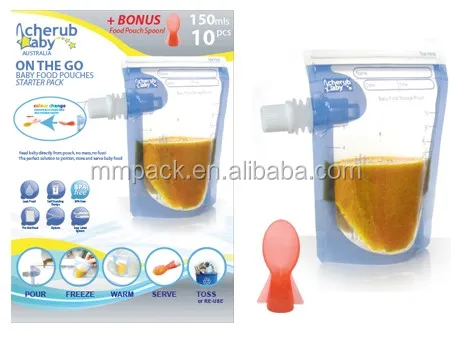 However, it is best to prepare the milk formula before putting it in the baby puree and only then freeze the puree. This will be more useful and efficient. nine0005
However, it is best to prepare the milk formula before putting it in the baby puree and only then freeze the puree. This will be more useful and efficient. nine0005
Some formula manufacturers say that freezing any formula is not recommended, as the process can alter physical properties such as fat separation, which can be difficult for sensitive babies to digest. Freezing does not affect the quality or food sterility, however it will not prolong the shelf life of formula. Freezing may result in the loss of the desired appearance and functionality and is therefore not recommended. nine0003
It may be easier to freeze puree without adding any additional liquids. Since, when defrosted, they are most often liquid, so you have to add oatmeal or rice flakes.
Can children have frozen vegetables? Frozen vegetables in meals and purees
The most popular frozen foods are vegetables and fruits. Freezing on an industrial scale of such products is carried out by the method of shock freezing, which makes it possible to preserve their useful properties throughout the entire shelf life. nine0005
nine0005
In the process of freezing, water molecules in a food product turn into crystals that can break cell walls and destroy biologically important molecules (vitamins). The advantage of shock freezing is based on the fact that during normal gradual freezing, large ice crystals are formed, which have a damaging effect on cells, while during quick freezing, these crystals are smaller and do not destroy cells, while maintaining the main structure of the product intact. At the same time, shock freezing prevents contamination of the product with bacteria, preserves the taste characteristics of the product unchanged, does not change the consistency of the products, and prevents loss of liquid. nine0005
Such vegetables and fruits have a number of advantages that make it possible to recommend them for use in children's nutrition, especially in winter:
- up to 90% of vitamins are preserved, primarily vitamin C;
- freezing is carried out during the harvest season, which avoids long-term storage;
- there is no need to use preservatives, as cold is the best way to preserve the product from the action of microorganisms.
 nine0016
nine0016
However, if the product was thawed and then re-frozen on the way to the consumer, then all the useful qualities of this type of food are lost. Therefore, it is important to make sure the quality of the frozen products you buy.
Make sure that all the ingredients in the bag are not frozen together, there is no ice crunch when you feel the bag at hand, and the expiration date has not been reached (usually 24 months).
Important!
An important point is the correct preparation of frozen vegetables: they must not be thawed before cooking, but should be immediately thrown into boiling water frozen. This will save most of the nutrients. nine0005
Can I cook frozen vegetables myself? It is possible, but it should be remembered that there will be no useful properties that we expect with shock freezing when freezing in a household refrigerator. However, using home-grown vegetables and fruits, frozen at home, you will still get advantages over long-term stored and processed vegetables and fruits during the off-season sale.